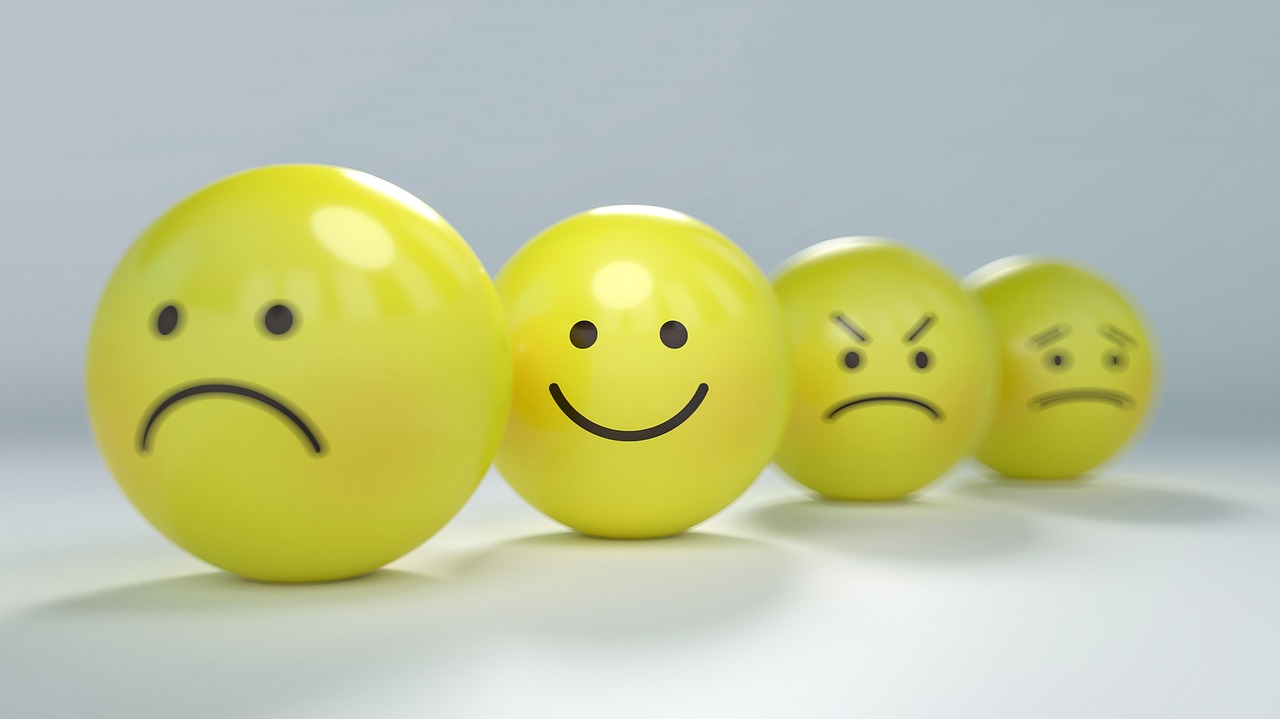Written by: Stefan Janjić
Fake news factories are also factories of emotions, in which our feelings, through simple technology, are converted into dollars and euros, or even into election votes.
“The greatest victims of war are children”, concluded Vecernje novosti in November 1994, while bringing the story of a boy who lost his father, mother and other relatives to the war in Bosnia and Herzegovina. His black-and-white photo is also included and is certainly moving, as he is photographed while crying over the graves of his loved ones. However, it turned out that the boy is not photographed but painted, and not even in black-and-white technique but in colour. In addition, there is no chance that he lost his parents during the disintegration of Yugoslavia, due to the fact that he saw the light of day before there was any hint of Yugoslavia. The boy in fact did not even come from Bosnia and Herzegovina but rather was created in 1879 in the studio of the painter Uros Predic. Vecernje Novosti published a retouched picture and fictional context.
When we think about the nature of disinformation, it is important to ask these questions: What are the motives behind the publication of lies and what benefit does the spreading of untruths bring? The answer is quite simple because the benefit is reflected in money or power (ideological, daily politics, the market). Click-bait headlines and sensationalism that cries out for likes are the most common kinds of profit-making misinformation. And how can one gain or increase power through misinformation? By lying about counterparts, enemies and opponents, or by exaggerating one’s own achievements and qualities. However, this formula in itself is not enough as the text cannot remain sterile and should be filled with an emotional charge to the highest extent possible.
In order to properly deploy disinformation, creators grab our attention and then very quickly provoke an emotion in us. It is very simple: they are counting on us expressing our support and solidarity, love, joy, admiration, sadness or empathy, anger or rage. Each of these emotions may awaken in us the urge to like, read and share. And it is human – it is human to be sad over a picture of an orphan, to become furious over news that details an injustice, or to laugh at a snapshot of a dog trying to reach its own tail.
However, the creators of misinformation always count on our emotional component being stronger than our rational side. For example, a portal publishes fake news about the death of a celebrity, and the audience on social media exposed to this news experience sadness, shock and disbelief. Being led by these emotions, and clicking on the link to find out more details, they automatically assist the manipulator by contributing to their earnings.
Similarly, click-bait headlines, behind which non-credible news is hidden, promise a certain emotion in capital letters: SHOCK, TERROR, HORROR or the assumption that you will BURST INTO TEARS FROM LAUGHTER.
Fake news factories are also factories of emotions, in which our feelings, through simple technology, are converted into dollars and euros, or even into election votes. An additional problem is algorithms that take into account which content attracts us and what we react most easily to. If a person, for example, is intolerant of minority groups, then there is a reasonable chance that in his/her social media feed fake news will appear to reinforce the notion that members of minority groups are dishonest, shifty, violent and stupid. This is a great challenge to modern society, because this kind of manipulation of emotions ultimately results in even deeper rooted stereotypes and prejudices.
How can we fight against such fraud? It is not always straightforward, precisely because it is not easy to restrain our own emotions. However, in the first instance, when confronted with news that emotionally overwhelms us and yet appears somewhat dubious, we need to question its affects and effects. If in the heat of the moment I like or share a revelation that is not true, what are the effects of my action? The answer is twofold: not only have I assisted creators of misinformation to profit and continue their business activities but I have also contributed to the spread of manipulation. Therefore, even if one is deeply moved, excited or amazed by certain news one must ask oneself how much truth there is to it. Perhaps an equal amount of truth as that contained within the Vecernje Novosti news that a poor boy, 115 years after he was painted, was “adopted by a family from Zvornik, and is now a student in his first year of military high school”.
#NeVjerujNaPrvu is a project of the European Union in Bosnia and Herzegovina.
The contents of this article are the sole responsibility of the author and do not necessarily reflect the views of the European Union




